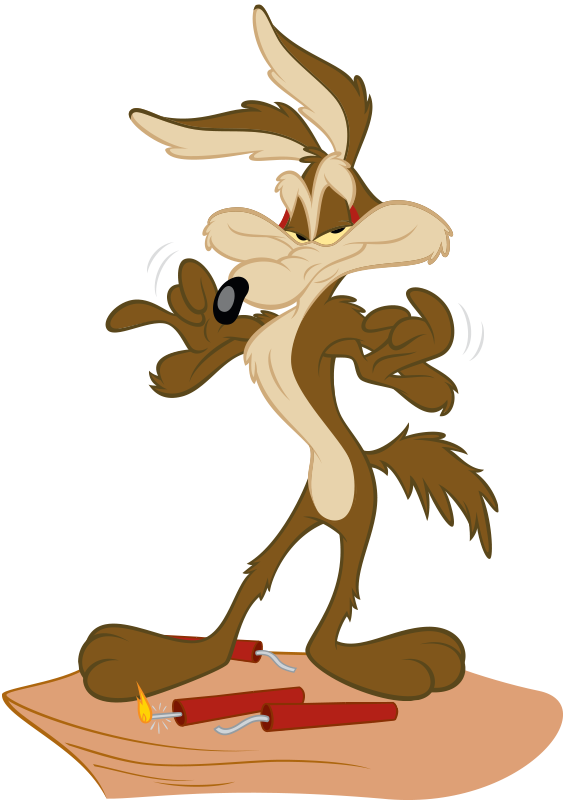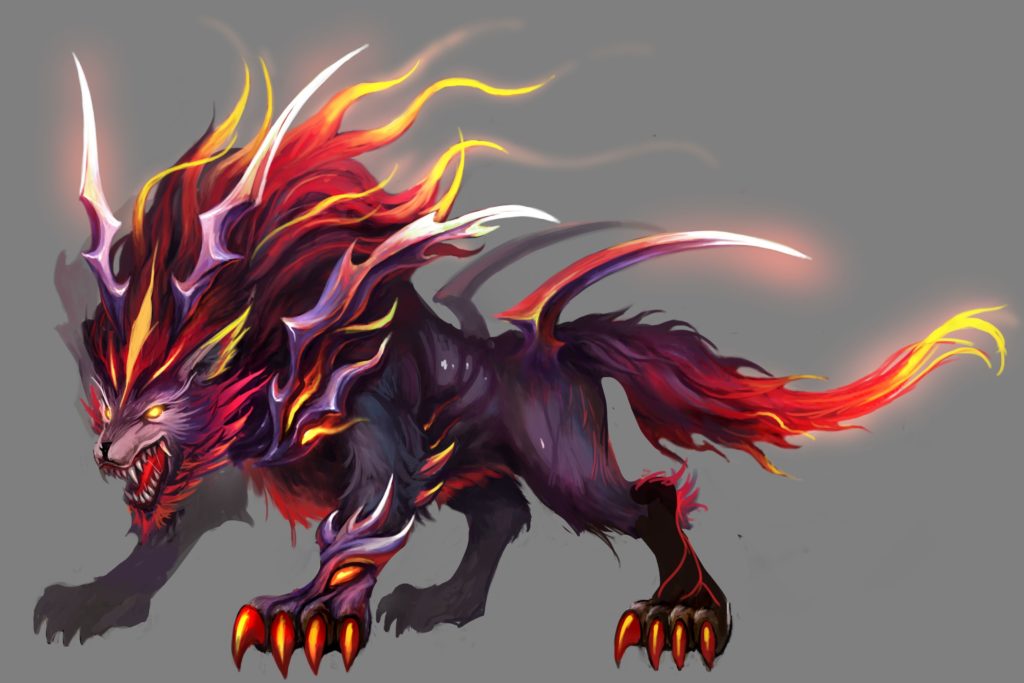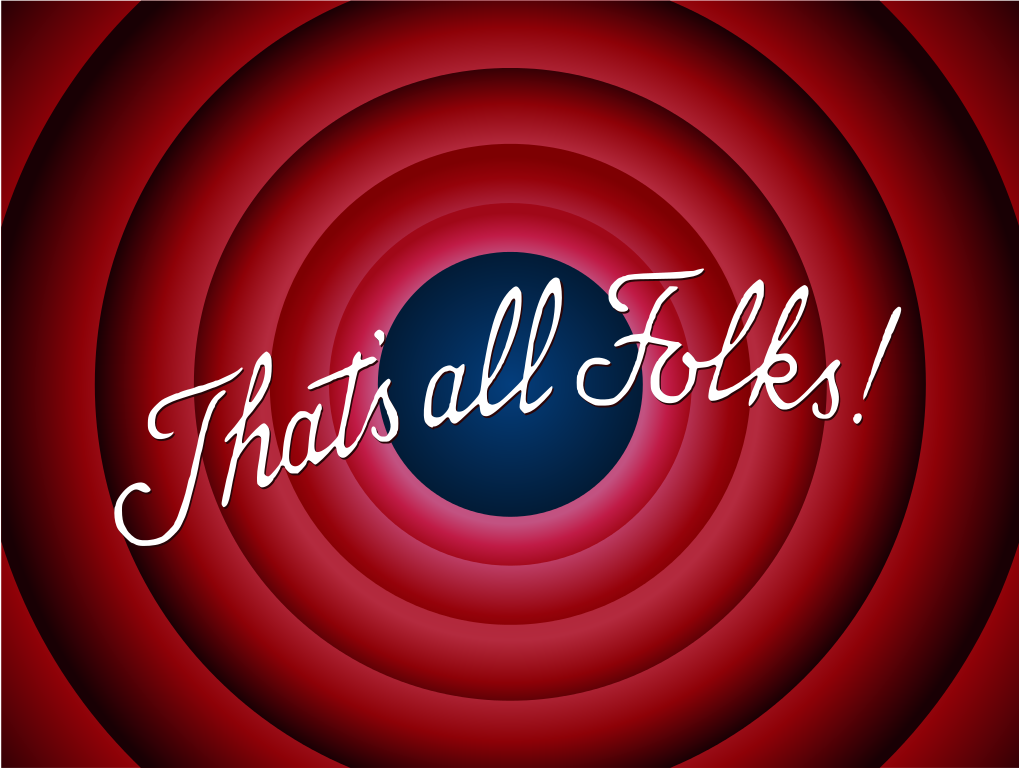Chinese New Year’s Eve: 过年
The end of the year is drawing near and we all gear up to celebrate New Year’s Eve soon. As a result, let me tell you more about what is behind this transition in Chinese Culture. How is celebrated Chinese New Year’s Eve?
In Nobody Knows, one of a Chinese webtoon I translated, some characters are 年 (Nian or 年兽 nianshou: Year monster), or “years”. You got that right, years indeed. They are neither gods, nor humans but demons that take care of evil demons, a bit like in The Witcher if you will – for those of you who know the video game or now, the TV series.
What is interesting about the idea of year being a monster is that we overcome the year, so to speak. In Chinese, the same applies. Chinese people overcome (or pass over, 过) the year (年).
Thus, I have to tell you a nice Chinese tale to illustrate why such words might be used.
And what would be a good story without a good storyteller? For this one, I asked a professional storyteller to help me narrate the full story. So allow me to introduce Mr. Wile E. Coyote.

HERE COMES THE TALE
Once upon a time in a Chinese village – it doesn’t always occur in Hollywood or in deserts which is full of Road Runners – there was a monster called nian (年), which terrorized everyone on Chinese New Year’s Eve. This monster had a long head and sharp horns. It was usually also depicted with flat-face lion with a dog’s body and was said to remain hidden all year round. As a matter of fact, it only showed up on that special day in order to eat people and livestocks. Not the nicest way of getting yourself accepted by your neighbours…
As a consequence, people started becoming anxious about New Year’s Eve and most used to flee to the mountains to escape the monster at the beginning of each year. So, to sum it up, for Chinese New Year’s Eve, people were a bit like this:

Anyway, time went by and an old man with white hair – that’s important – visited the village. That man refused to hide in the mountains for New Year’s Eve and decided to spend the night there…
When the villagers came back, they were taken aback because they realised that the old man had managed to scare the monster away.

All the villagers were gobsmacked! Their village had suffered no damage and the old man was alive and kicking! The thing is he had pasted red papers on the doors, burnt bamboos to make loud cracking sounds, lit candles inside the houses and was wearing red clothes.
The old man let them know that the nian monster was afraid of noise, fire and the red colour.
As a consequence, they decided to act like the old man on New Year’s Eve and followed suit every following year.
According to the Chinese authorities, the nian monster (年兽) was, allegedly, nowhere to be found ever since and the villagers lived happily ever after…
However, the only problem now is that people tend to eat a bit much for New Year’s Eve and I, for one, often regret it, as you can see below.

Well, that is about it, folks. I hope you enjoyed my tale.
Personally, one of my New Year’s resolution is to run a bit more – with Road Runner – to lose that weight now… Wish me luck and all the best !
Cheers!
THE END

Thank you my dear Coyote! A true professional storyteller, indeed…
If, like our dear friend Mr Coyote, you eat too much during the holidays, don’t forget to take a good old lemon juice. It helps digest quite a bit…
Anyway, let’s get back to the topic at hand!
It’s important to bear in mind there are many different versions to this story…
Nonetheless, what is interesting with the aforementioned story is that what may be seen as a monster can also be seen as a metaphor. We might want to let go of our past demons, start afresh or turn over a new leaf.
The first day of the lunar year is fairly important in Chinese culture because people welcome the Godly spirits to their homes. As a rule of thumb, people should clean their houses before Chinese New Year’s Eve to ward off plague spirits and don’t use any broom or anything to clean on the first day.
They should wear new (and red) clothes and should not take any shower – or wash their hair – either because that would take all the new luck away. One is advised to open the windows and the doors to get some fresh air, let the previous year go, welcome the new year, relax and let in the Godly spirits. That day is supposed to reflect what will happen in the new year, so why not relax, huh?
Whether we believe in such things or not, it is always interesting to reflect on how customs are important and affect behaviours. Some local legends attribute the Chinese lion dance (舞狮) to the legend of the nian. There are so many other aspects and things I haven’t mentioned about Chinese New Year like the red letters, the dumplings and so forth, but I will leave it at that for the time being.
In addition, I’d like to point out that in Western countries, we share quite a lot of similarities with Chinese customs. Indeed, in France, we are also advised to wear red clothes in order to have good luck for the year to come. Besides, we – and the whole world – also enjoy fireworks celebrations.
QUESTIONS
- Would that celebration truly be linked to the old Chinese myth ?
- Would that be a way of letting go of the past and chasing a potential year monster ?
- What do you make of it ?
Please feel free to let me know !
I shall conclude by saying the year 2020 has been quite peculiar to say the least…
We may all want to turn the page and move forward, hoping things are about to look up.
So let me wish you all a Happy New Year and all the best for the year 2021 !
Peace and stay safe!
I will be back…

Posted on December 30, 2020 by Mat.


